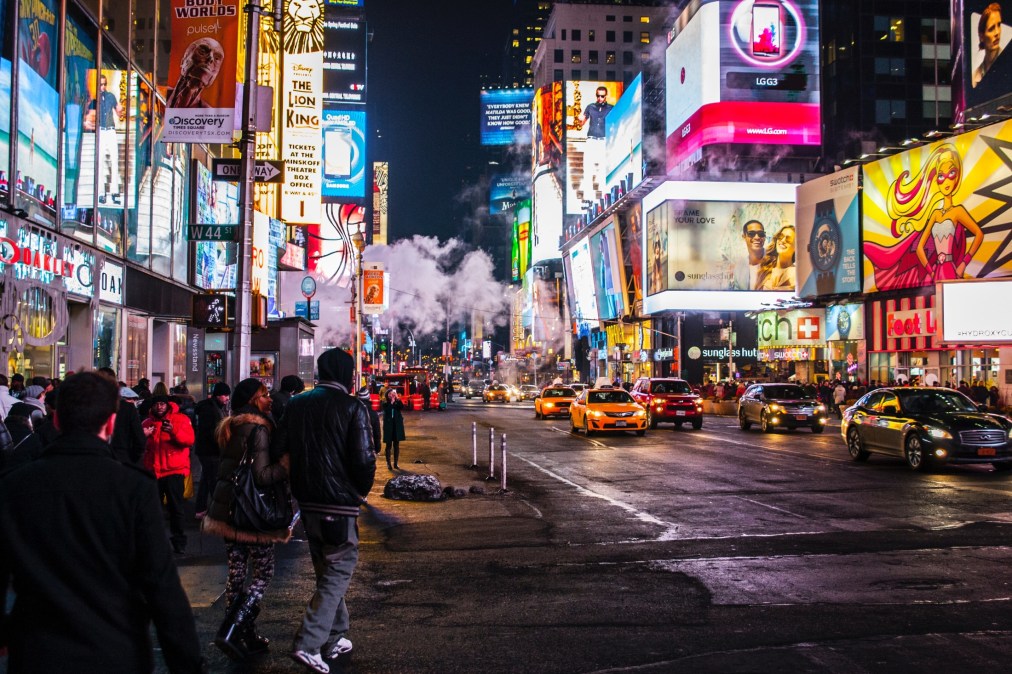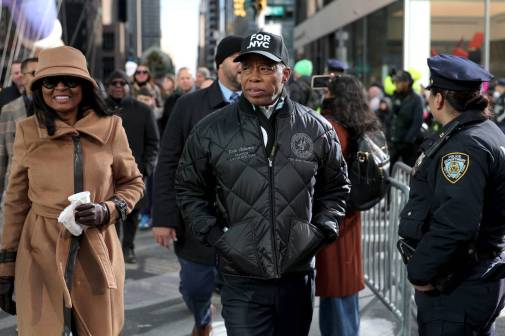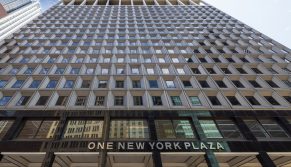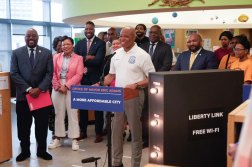New York City unveils ‘Internet Master Plan’ for universal broadband access

New York Mayor Bill de Blasio released a plan Tuesday aimed at providing universal broadband internet access, which he said could be a social equalizer and economic boon as important to the city’s future prosperity as electricity or the subway were in the previous century.
The city’s Internet Master Plan, representing $2.1 billion in existing infrastructure and potential new public- and private-sector investment, makes a case for how a lack of access to affordable and high-quality internet hampers the mobility of families and small businesses, and how encouraging market competition on vendor-neutral infrastructure could drive social inclusion across all five boroughs.
The plan offers a strategy for encouraging new private investment on an internet infrastructure that the city government says is woefully inadequate, particularly for its poorest residents. About 18 percent of the city’s residents — nearly 1.5 million people — have neither a mobile connection nor a home broadband connection, according to 2017 data from the American Community Survey. About 46 percent of New York households below the poverty line lack a home broadband connection, and 38 percent of Bronx residents lack broadband service at home, according to the city.
The first steps in the plan, which city officials said will be rolled out over the next 18 months, involve agencies coordinating to provide a coherent regulatory environment, an invitation to private companies to find new ways to use the city’s physical assets — including its street poles, rooftops and even park benches — and $70 million in seed investment from the government to build new infrastructure, prioritizing its most poorly connected neighborhoods.
But, a city economic analysis projected, it will take a quarter-century for the full economic benefits of the plan to be realized.
John Paul Farmer, New York’s chief technology officer, told StateScoop the plan offers “an overarching vision” and new direction for broadband initiatives that have long been prioritized by de Blasio’s administration.
“These phases, at a high level, will allow much more granular decision-making in the future,” Farmer said. “One of the things we’ve been hearing is that private companies want to make investments. This is a chance for them to put their money where their mouth is.”
Through what the city calls a Universal Solicitation for Broadband, or “USB,” it will invite proposals from private industry for coordinated use of public assets to provide internet service using a range of technologies, from fixed fiber optic cables to “emerging wireless technologies.”
The $70 million the city is putting up will be spent largely on expanding its existing underground fiber network. Aside from adopting an “open access” model that allows various providers to operate on a shared infrastructure, the city is keeping its approach “flexible,” Farmer said, adding that different solutions will work best for different areas of the city. As the city evaluates proposals, Farmer said it will search for partners that “share the city’s values,” which the plan lists as equity, performance, affordability, privacy and choice.
“We’ve realized that an overarching vision is necessary to inform the mission of government, but also the private sector, because we can do more if we do it together,” Farmer said. “Those five principles are really underpinning this document and they will be underpinning our partnerships going forward.”
New York officials name affordability as one of their chief barriers to getting unconnected residents online. While the city already has a handful of programs designed subsidize internet costs, as well as public computing centers where people can access the internet for free, the de Blasio administration hopes ultimately that heightened competition between service providers will bring down costs.
“For the majority of New Yorkers, a more competitive marketplace is going to lead to a substantial reduction in cost for everybody, for those who already have service and those who don’t have service,” Farmer said.
The digital divide is stark in New York, where Lower Manhattan enjoys more commercial broadband service options than perhaps anywhere else in the country, while infrastructure remains “relatively sparse” throughout the rest of the city, the plan states. Brooklyn and Queens represent some of the most substantial gaps in accessible conduit and utility poles that could be used to support internet service, which stunts business opportunities and economic mobility, according to the plan.
But Farmer and other city officials are ebullient about what their broadband plan could accomplish in the long term, projecting boosts to the economy that on the high end could result in 165,000 new jobs, a $142 billion increase in gross city product and a $49 billion increase in personal income by 2045, according to the city’s economic analysis of the project.
“We view this as a milestone moment for New York City,” Farmer said. “But one of the reasons we’re excited is because it’s kicking off a new stage, a new era in which the city is going to play a more active role in ensuring New Yorkers have access to the internet and have digital rights that are protected.”






